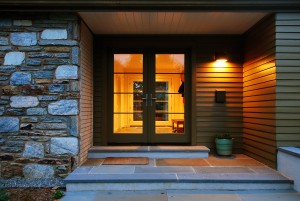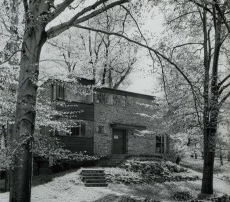Water Damage: Un-Sexy Yet Vital Repairs
Water. It's a word that strikes fear in the hearts of homeowners everywhere, and for good reason. The worst issue facing any home (besides an earthquake or fire) is a[...]
In The News Part IV
The fourth installment in a 5-part Examiner.com series featuring Myers Constructs. Read the story Older or Historic Door Restoration here.
Home Maintenance Tip: Air Leaks
This is the best time of year to locate air leaks in your older home. You will know you have them if you can feel drafts, or if[...]
Oh Baby, It’s Cold Outside
With temps hovering in the 30s all week -- and it's not even officially winter yet! -- you may be noticing drafty windows and inefficiencies in your heating system. If[...]
Older Homes – More Energy Efficient Than You Think
Older homes tend to get a bad rap for being energy inefficient. The truth is, many older homes have built-in energy-efficient systems that a homeowner should learn to[...]
Special Reasons to Think Windows and Doors!
Winter is right around the corner ... now is the time to think windows! In addition to energy tax credits that are currently in place, you can save up to[...]
Significant Home Ruined by Poor Window Choice?
A couple of years ago, I toured a home that was for sale and built by esteemed architect Louis Kahn. It was a lovely 3-bedroom, 2-bath, very modest-sized gem of[...]
EPA Busts RRP Illegal Contractor
Under the EPA/RRP regulations, all contractors MUST inform their customers of the risks for lead exposure. Contractors must also maintain on file records showing that their customers and tenants have[...]
Myers Constructs, Inc., to Present at 2010 Old House Fair
Myers Constructs, Inc., will be on hand at The Preservation Alliance for Greater Philadelphia's 2010 Old House Fair on Saturday, April 3rd, at the Germantown Friends School, located at 31[...]
No Maintenance Exteriors?
I’ve received some flak recently from purveyors of vinyl siding. Those of you who follow my blog know I hate vinyl siding. It poisons people when it’s made, and when[...]











